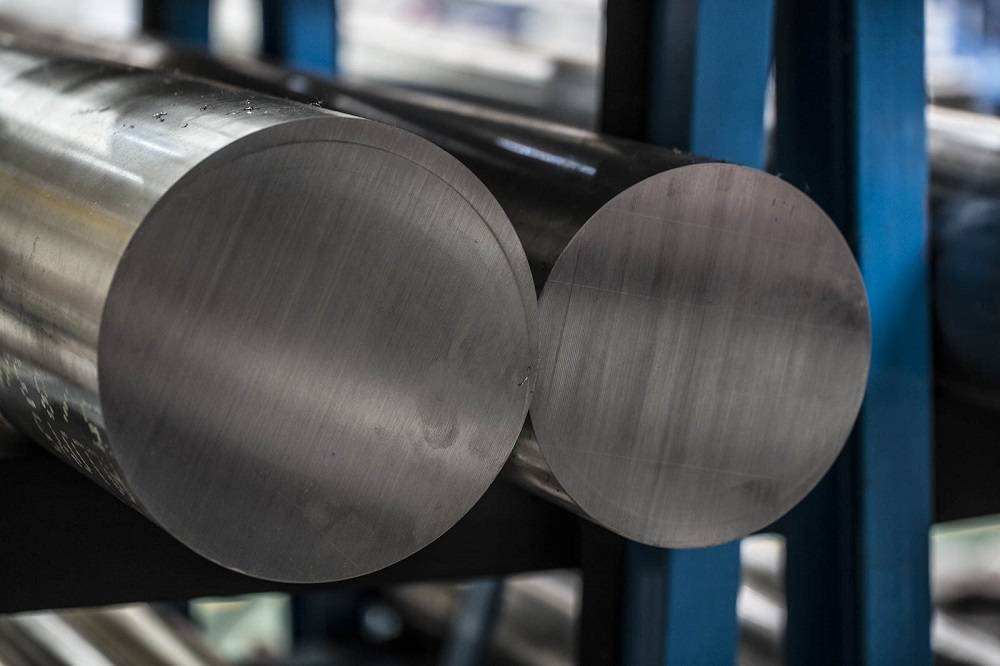Intergranular corrosion is a type of localized corrosion. Mainly due to the difference in chemical composition between the grain surface and the interior and the existence of grain boundary impurities or internal stress. Intergranular corrosion can occur in the heat-affected zone (HAZ) of welded joints, welds or fusion lines, respectively. Intergranular corrosion generated on fusion lines is also known as knife line corrosion (KLA).
Under the action of corrosive medium, a kind of corrosion phenomenon between the grains of stainless steel is called intergranular corrosion.
The stainless steel that produces intergranular corrosion, when subjected to stress, will fracture along the grain boundary and the strength will almost completely disappear, which is one of the most dangerous forms of damage to stainless steel. Intergranular corrosion can occur in the heat-affected zone (HAZ) of welded joints, welds or fusion lines, respectively. Intergranular corrosion generated on fusion lines is also known as knife line corrosion (KLA).
The necessary condition for stainless steel to have corrosion resistance is that the mass fraction of chromium must be greater than 10~12%. When the temperature increases, the diffusion rate of carbon inside the stainless steel grain is greater than that of chromium. Because the solubility of carbon in austenite is very small at room temperature, about 0.02% to 0.03%, and the carbon content in general austenitic stainless steel exceeds this value, so the excess carbon is continuously transferred to austenite crystals. The grain boundary diffuses and combines with chromium to form chromium carbide compounds between grains, such as (CrFe) 23C6 and so on. The data show that the activation capacity of chromium diffusion along the grain boundary is 162-252KJ/mol, while the activation energy of chromium diffusion through the grain is about 540KJ/mol, that is, the diffusion speed of chromium from the grain is smaller than the diffusion speed of chromium along the grain boundary, and the internal diffusion speed of chromium is lower than that of chromium along the grain boundary. The chromium does not have time to diffuse to the grain boundary, so the chromium required for the chromium carbide formed in the intergranular mainly does not come from the interior of the austenite grain, but from the vicinity of the grain boundary, resulting in a large amount of chromium near the grain boundary. When the mass fraction of chromium at the grain boundary is as low as less than 12%, the so-called "chromium-poor zone" is formed. Under the action of the corrosive medium, the chromium-poor zone will lose its corrosion resistance, resulting in intergranular corrosion.

1.Intergranular corrosion of welds
When ordinary austenitic stainless steel is welded in multiple layers, the heat affected zone of the latter weld is the weld metal of the former weld. When the "heat-affected zone" reaches the sensitization temperature, chromium carbides are easily precipitated on the grain boundaries to form chromium-poor grain boundaries. When this area is in contact with the corrosive medium, intergranular corrosion will occur. The most direct and effective way to prevent intergranular corrosion in welds is to select welding materials that are resistant to intergranular corrosion. At present, the most commonly used welding materials are ultra-low carbon, containing nb (or ti) stabilizing elements and containing a small amount of ferrite (generally requiring a ferrite content of 4% to 12%). Depending on the base metal and corrosive environment, materials that meet the above three requirements at the same time (such as e347l electrode) can also be selected. In the welding process, it is required to control the interlayer temperature, which is generally lower than 150 °C. The use of small line energy welding methods and process measures can reduce the sensitization temperature area, prevent grain growth and carbide precipitation, and reduce the weld crystallite. Inter-corrosion tendency.
2. Intergranular corrosion in the temperature-sensitized zone in the heat-affected zone
Whether it is a single-pass weld or a multi-pass weld, the sensitized zone in the heat-affected zone always exists, which leads to the possibility of intergranular corrosion. in the welding process. Choose a welding method with lower line energy, or reduce the welding specification as much as possible, and control the temperature between layers. Cool down faster. The residence time in the sensitization temperature range is shortened as much as possible, and the width of the heat-affected sensitization zone is reduced, thereby reducing intergranular corrosion. The best way to prevent intergranular corrosion in the heat-affected zone is to select a suitable base metal, such as stabilized austenitic stainless steel containing tinb, austenitic stainless steel containing a certain amount of ferrite and ultra-low carbon austenitic stainless steel. Stainless steel.
3. Knife Erosion
The phenomenon of "knife erosion" has been introduced earlier. It is sometimes difficult to remove and reduce the risk of "knife erosion" in welded joints with nb and ti stabilized austenitic steels. However, in the design of welded joints, cross welds may not be used as much as possible; in the welding sequence, the side that will produce "knife erosion" should not be in contact with corrosive media; if the workpiece is small, the material and structure of the workpiece are If permitted, post-weld solid solution treatment can be performed (ie, at 1065-1120°C + water cooling or quenching), which is also an effective way to prevent intergranular corrosion. However, in actual production, solid solution treatment cannot be realized due to the large workpiece, complex structure and other materials.